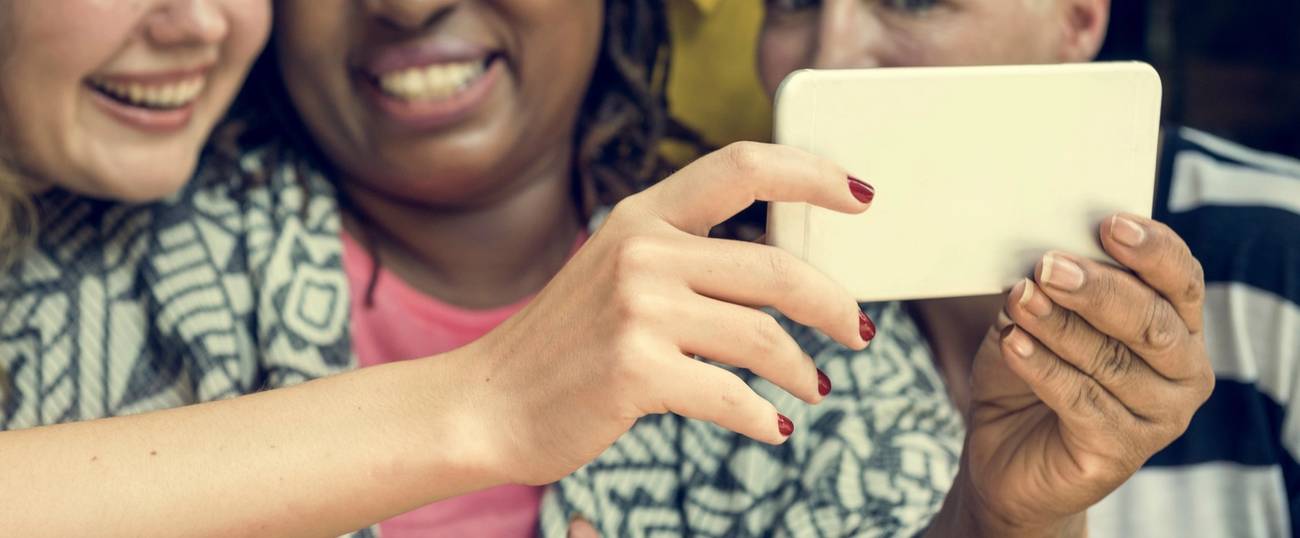Scoff All You Want, But Selfies Help Make Memorials Meaningful
Ground Zero used to be an abstraction, until I pulled out my iPhone and created my own memory




I think about 9/11 and the implications of 9/11 a lot. My aunt and uncle were in an office building next to WTC Tower 1. I remember as a child my mom pulling my sisters and me out of school because my aunt and uncle were stuck in their building. We turned on CNN just waiting and watching to see if and when they would come out. The world was all watching that day, glued to our TVs looking at the same images. After a few hours, we saw them leave the building which at eight seemed like the end of my relationship to the Twin Towers; clearly I was wrong. I have been to Ground Zero probably close to one hundred times. I remember going there when it was just rubble, not as a tourist attraction but as a stop on the way to my dad’s office on Broadway. Even then people were taking pictures trying to capture that they visited the site. Their images weren’t different from the tens of thousands that already lived on the internet. Those pictures weren’t really proof of anything, the visitors weren’t in them.
There was much discussion about what was most respectful way to deal with this footprint of what was. Michael Arad, an Israeli, proposed the memorial that was eventually constructed. When the monument finally opened to the public, it became a major tourist attraction, bringing people who never would have visited Lower Manhattan down. I would see photos all the time on Facebook of people visiting the memorial. I have visited the memorial countless times, but it wasn’t until a visit in the Fall of 2014 that I saw people taking selfies. At the time I was disgusted. It seemed so disrespectful and flippant. That day there were at least a dozen of these selfie-takers who wanted to prove that they had been at the memorial when they went back to Ohio the next day. The pictures were not somber; these people were smiling and kissing. I quickly grabbed a shot of them so there was proof of what I just witnessed. I thought for a brief moment about taking a selfie of them taking a selfie but that seemed too meta. I was then struck by the oddness of the fact that I was taking a picture of a picture. I wondered if I was just as bad as them. I probably was.
But then I thought about the selfie-taking more and I talked to a few people who changed my mind. My aunt, who lost numerous friends in the attacks, liked that people were visiting the site and remembering. She made me realize that people wanting to capture the memorial with a selfie is actually a way of the visitors showing that the site is important. By taking these pictures they would always have a connection to the space. They could now look back on these images and have a way of remembering. The selfies could even become tiny memorials in and of themselves that could be visited with the click of a button.
The selfie has taken on a negative meaning. Discourse in the media tends to swing towards extreme depictions. In 2015, USA Today published an article about how a deadly plane crash in Colorado was caused by the pilot taking a selfie while in the air. The selfie does not exist in a vacuous and narcissistic teen bubble. Reactions to the selfie, especially at places like the 9/11 Memorial and Museum, Eisenman’s Memorial to the Murdered Jews of Europe, and the Jewish Museum of Berlin, resemble a “moral panic.” When memorials are constructed they are supposed to become part of the fabric of the city. People feeling comfortable taking pictures and interacting with the memorials actually signifies that this memory is part of their everyday life. There have been numerous articles (even on our own site) about how these memorial selfies are negative, but I reject this belief. I believe that these images are actually positive and should be seen as a way of honoring the space.
Alexandra Pucciarelli is an editorial intern at Tablet.